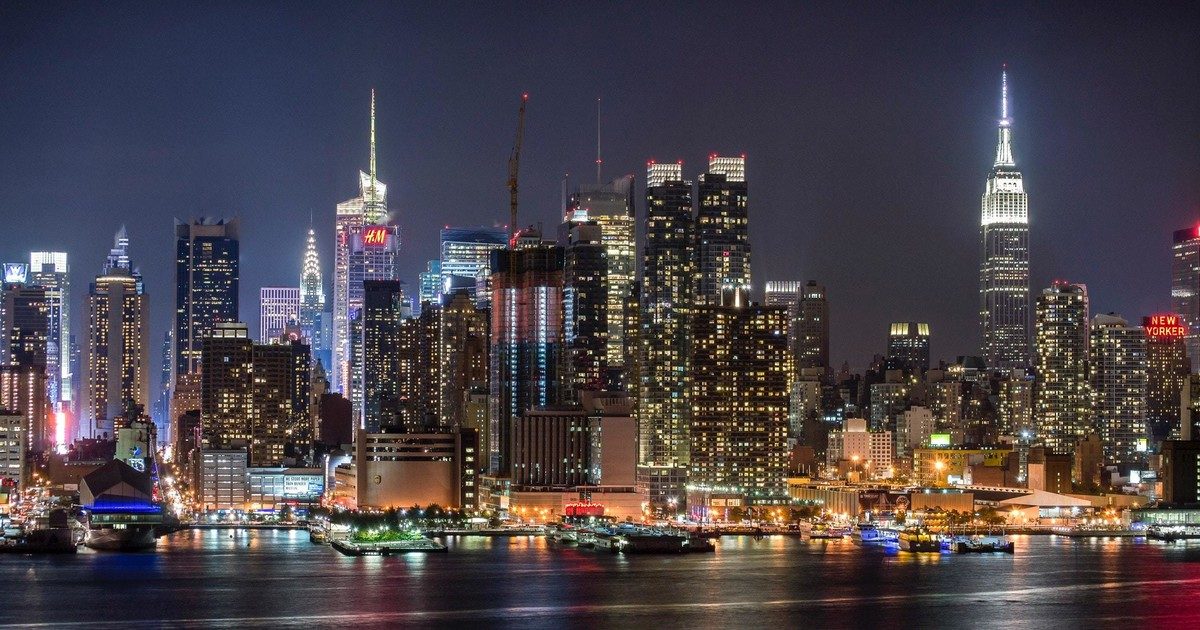During our previous in-class discussion, we explored and, more importantly, challenged Orne’s assertion that the increasing acceptance of gays—a process Orne characterizes as assimilation—has transformed Boystown and individuals’ relationship with the gayborhood, arguing “Boystown is a place for people to visit and consume, rather than live.” The parochial scope of Orne’s argument, however, neglects the experiences of marginalized queer communities excluded from the rebranded gayborhood. Assimilation has allotted only certain groups, primarily White gay men, the privilege of residential freedom; therefore, the manifestation of safe spaces, away from the hateful eyes of society, remains essential for disenfranchised members of the queer community.
Luckily, Queer Pop-ups act as vehicles for safety and self-expression for marginalized queer communities. The construction of ephemeral safe spaces, a process that requires organizers consider the historical injustices against the marginalized communities they wish to serve, provides visibility and representation for queer people excluded from mainstream gay and lesbian settings.
My Expert Question considers the extent to which the placemaking techniques utilized by organizers to create inclusive Queer Pop-ups can be adopted to make permanent queer spaces more inclusive, ultimately questioning the degree to which places can truly be inclusive; a question that was then mapped onto campus life at Bowdoin. Are there any places on campus that are truly inclusive? A question that then led to the distinction between diverse and integrated. Although Bowdoin is statistically diverse, the ways in which different groups interact and occupy (or avoid) different spaces on campus suggest Bowdoin is not fully integrated. This is evident in the dynamic ability of places on campus where certain groups of people feel welcomed in a particular space on campus at a certain time, while uncomfortable during others due to certain groups’ ability to reappropriate space and produce its meaning, engaging in spatial capital.
In the end, our discussion concluded spaces can be inclusive only to a certain extent despite the best of intentions. Inclusive spaces are characterized by their ability to make invited members feel welcome, a construction that requires the exclusion of groups that may discomfort the members the space hopes to accept. Additionally, permanent spaces may inevitably develop established norms, a phenomenon that some may find familiar and friendly, while others may feel uncomfortable disrupting said norms. For now, ephemeral Queer Pop-ups and dynamic safe spaces on campus will have to do.
